Dalgona Coffee Japanese Cotton Cheesecake Recipe: Make a bouncy Japanese cheesecake using dalgona coffee!
Hi friends! I’ve been home-baking Japanese cheesecakes for at least three years now, and I have been experimenting with different flavors such as matcha, ube, and now dalgona coffee! Japanese cheesecake is light and fluffy, and chiffon-like when it’s out of the oven. It will bounce and jiggle, and delight your friends and family members. After refrigerating the cake, it will become slightly denser, and its true form will appear: a light and refreshing cheesecake. It’s a cheesecake with two forms: chiffon airy fluffiness like a sponge marshmallow cake, and then a light and airy cheesecake, much lighter than a Basque burnt cheesecake or a NY style cheesecake.
The Dalgona Coffee Cotton Cheesecake or Dalgona Coffee Japanese Cheesecake is a philandmama.com original creation and recipe. Quarantine life and isolation baking has really brought out the creativity in me!
I welcome you to create your own variation, but please give credit to the origins of this lovely cake, a coffee cake that melts in your mouth and fills you with buzz and energy. Your home will smell like a cafe when you’re baking this cake. It’s so fragrant and delicious. You’ll want to bake this cake again and again!
Dalgona Coffee Japanese Cheesecake (a bouncy Japanese cotton cheesecake made and topped with Dalgona coffee)

Dalgona coffee Japanese Cheesecake
Ingredients
Instructions
Notes:
🥚To beat egg whites into stiff peaks, gradually increase the mixer speed, starting at medium, to medium-high, to high, each speed taking around 2-3 minutes. Add cream of tartar when you see some egg foam. Gradually add fine sugar when the beaten egg whites have become very white and foamy. 🥚Baking tip! Bake (bain-marie style) for 25 minutes on higher heat (320-345F depending on your oven), then crack open the oven door for about 10 seconds and bake fro 45 minutes on lower heat (245-265F depending on your oven.)
Japanese Cotton Cheesecake made with dalgona coffee
Japanese Cheesecake Troubleshooting
Why did my Japanese souffle cheesecake not rise in the oven? So your Japanese cheesecake is not rising. Your egg whites were probably under-beaten, or you have over-mixed your final batter. Your oven temperature could be too low too. Try raising by 10F.
Why is my Japanese cheesecake dense at the bottom? Your Japanese cheesecake will be dense at the bottom and fluffy on top if you do not fully incorporate the beaten egg white with the cake batter. Egg whites are lighter and airy and will float to the top, and make the top of your cake very airy while the bottom will be dense and maybe a little rubbery even. Try to mix your final batter thoroughly and gently.
How do I take away the eggy taste of Japanese cheesecake? By adding extracts and flavorings, the eggy taste lessens. Lemon juice, vanilla extract, and now dalgona coffee are all helpful in canceling the eggy tastes.
Why is my Japanese cheesecake not rising?
Make sure to bake the cake mid-rack in the oven, and in a water bath or Bain Marie. The egg white beating process and then folding it into the batter are also key to the success of your Japanese cheesecake. The egg whites must be beaten to stiff peaks and the folding process requires you to fully incorporate the egg whites into the batter, without over-mixing your final batter. Your oven temperature may also be too low.
Why does my Japanese cheesecake have a dense bottom?Your Japanese cheesecake will have a dense bottom when you don’t fully incorporate the beaten egg white into the batter, leaving you with free floating meringue in the batter to floats to the top. The cake will have a light and fluffy top and a dense layer on the bottom.
Why did my Japanese cheesecake deflate?The key to having a cake that rises and doesn’t drastically deflate is baking in a water bath, beating the egg white meringue to stiff peaks, mid-rack baking, and not having too high of a parchment paper rim. The mixing of the final batter will also affect your cake; over-mixing the batter will lead to a flatter cake. Drastic quick changes in temperature can also affect the cake and make it deflate. Corn starch is helpful in keeping the cake’s shape.
Why is my Japanese cheesecake’s final batter so watery? Check your egg white meringue again. Was it beaten to stiff peaks? Or was it over-beaten? The water starts leaking out of egg whites when they are over beaten. Unfortunately that will affect your cake.
Why is my Japanese cheesecake still watery after baking?
Your oven temperature may have been too low. Your cake needs more time in the oven. Do not attempt to flip the cake when it is still wet in the middle.
Why is the top of my Japanese cheesecake not browning?
Your oven temperature may be too low and you may need to keep the Japanese cheesecake in the oven for a bit longer. Make sure the parchment paper rims are not too high. That prevents the cake’s top from browning.
#dalgonacoffeecottoncheesecake #coffeesoufflecheesecake #dalgonasoufflecheesecake #dalgonacoffeejigglycheesecake #jigglycheesecake #bouncycheesecake



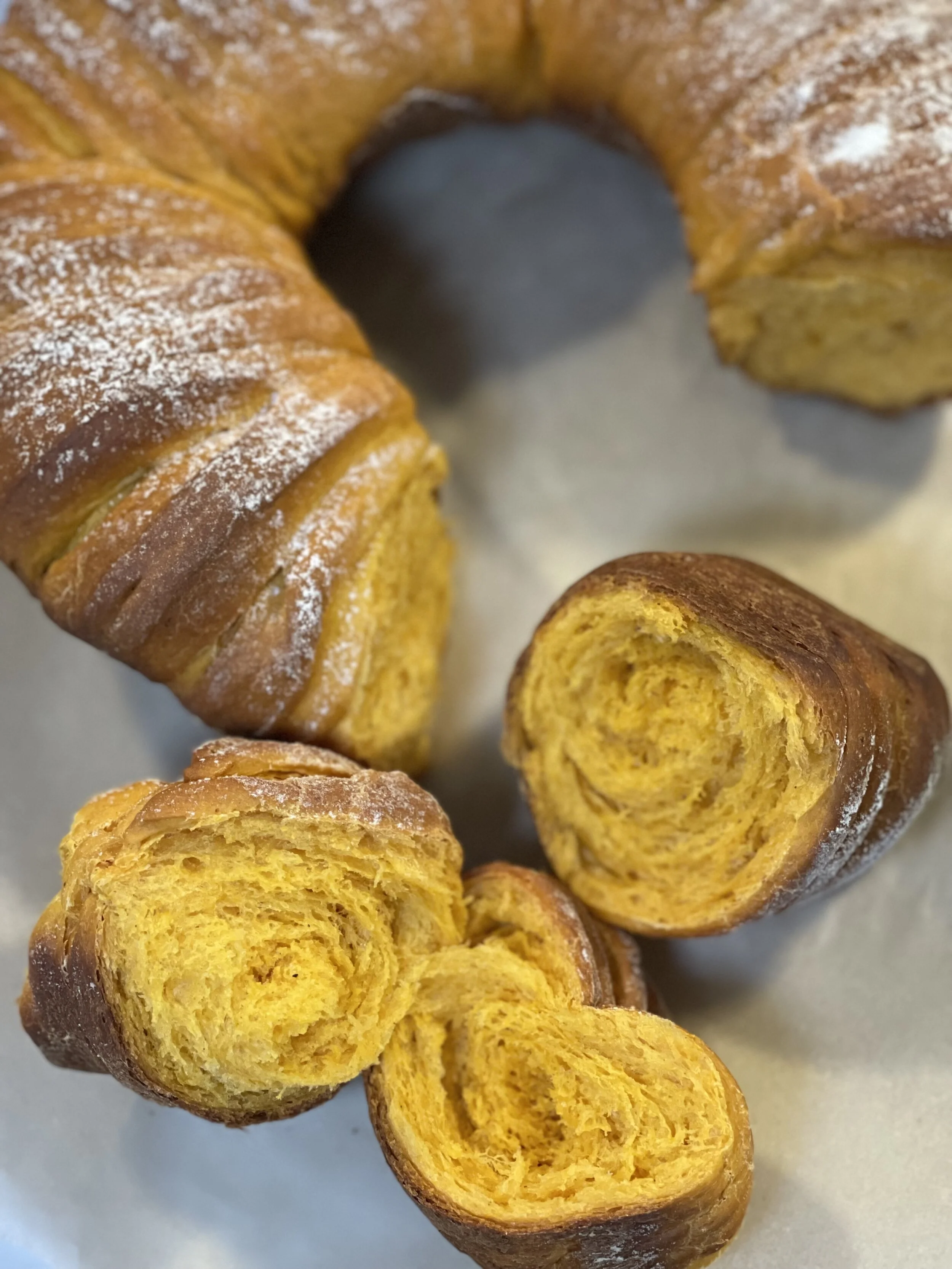
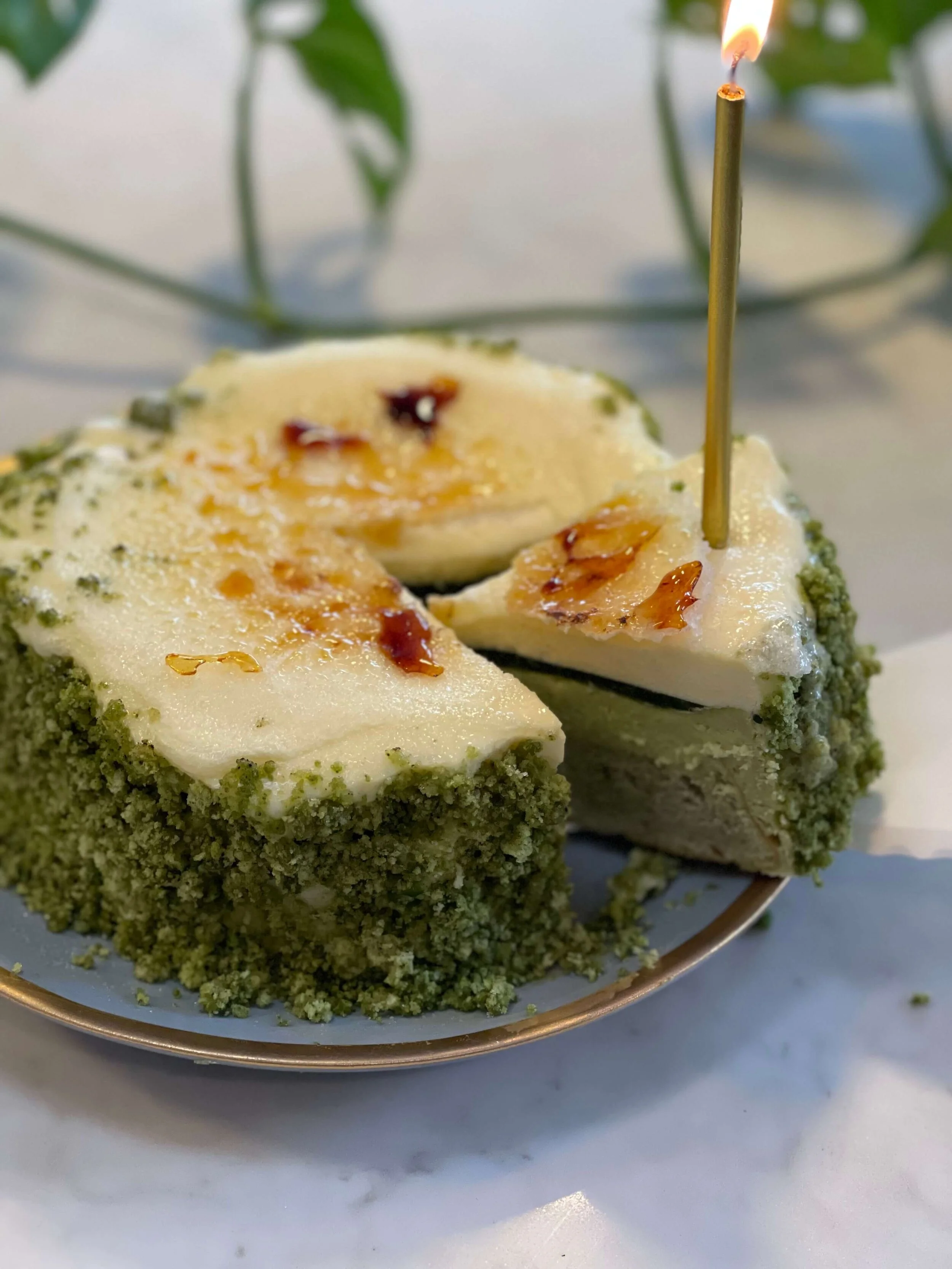


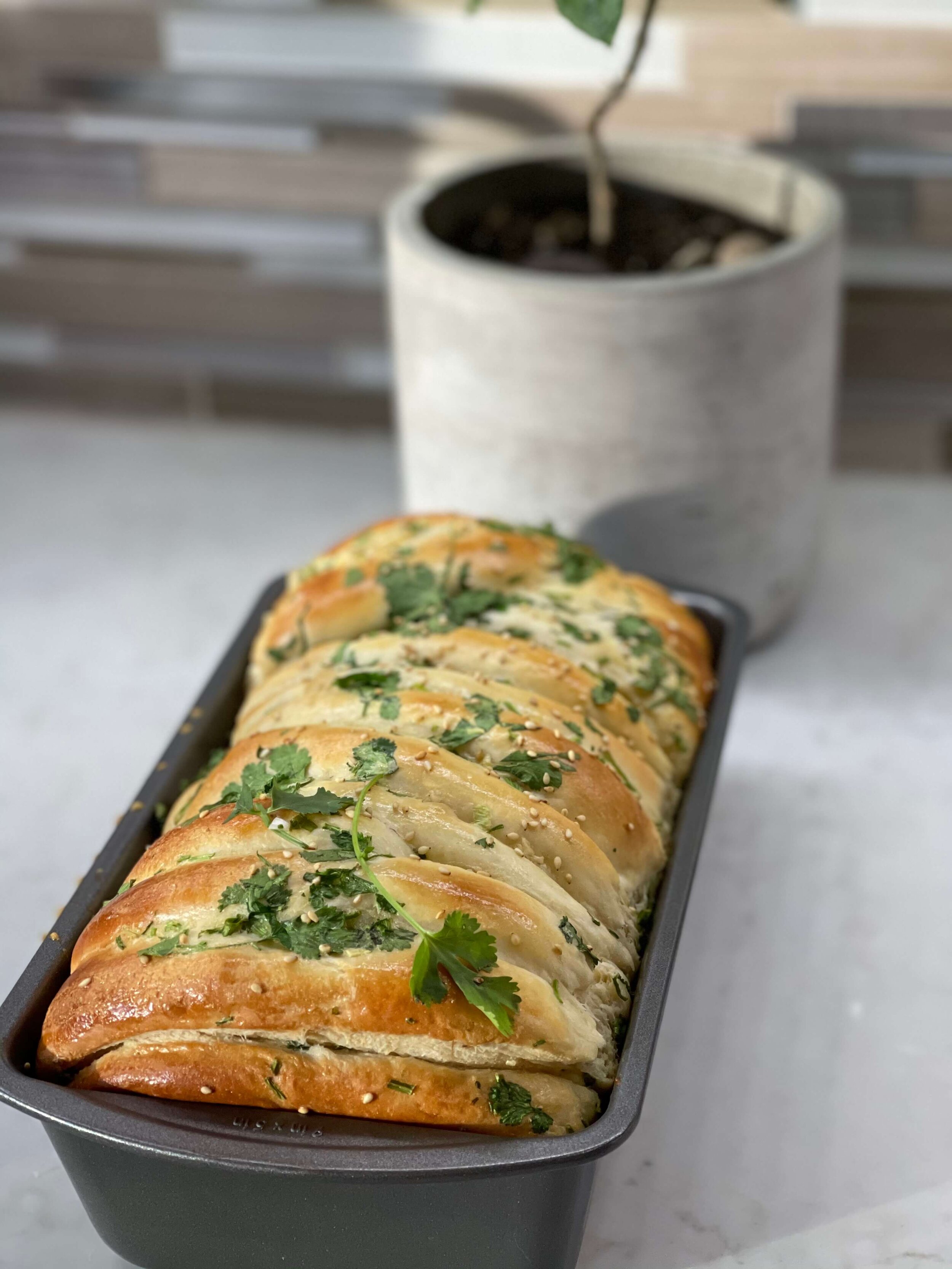


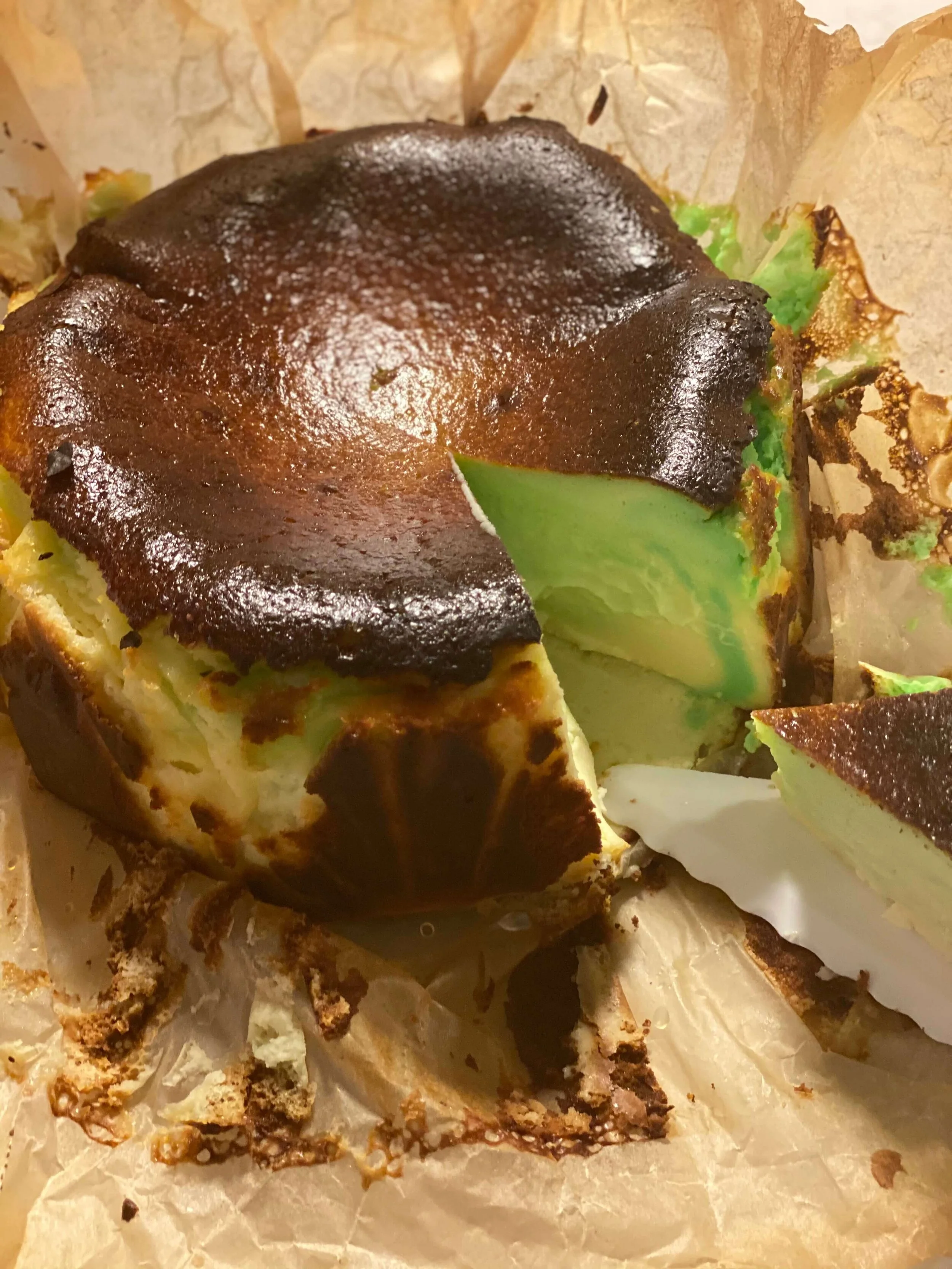
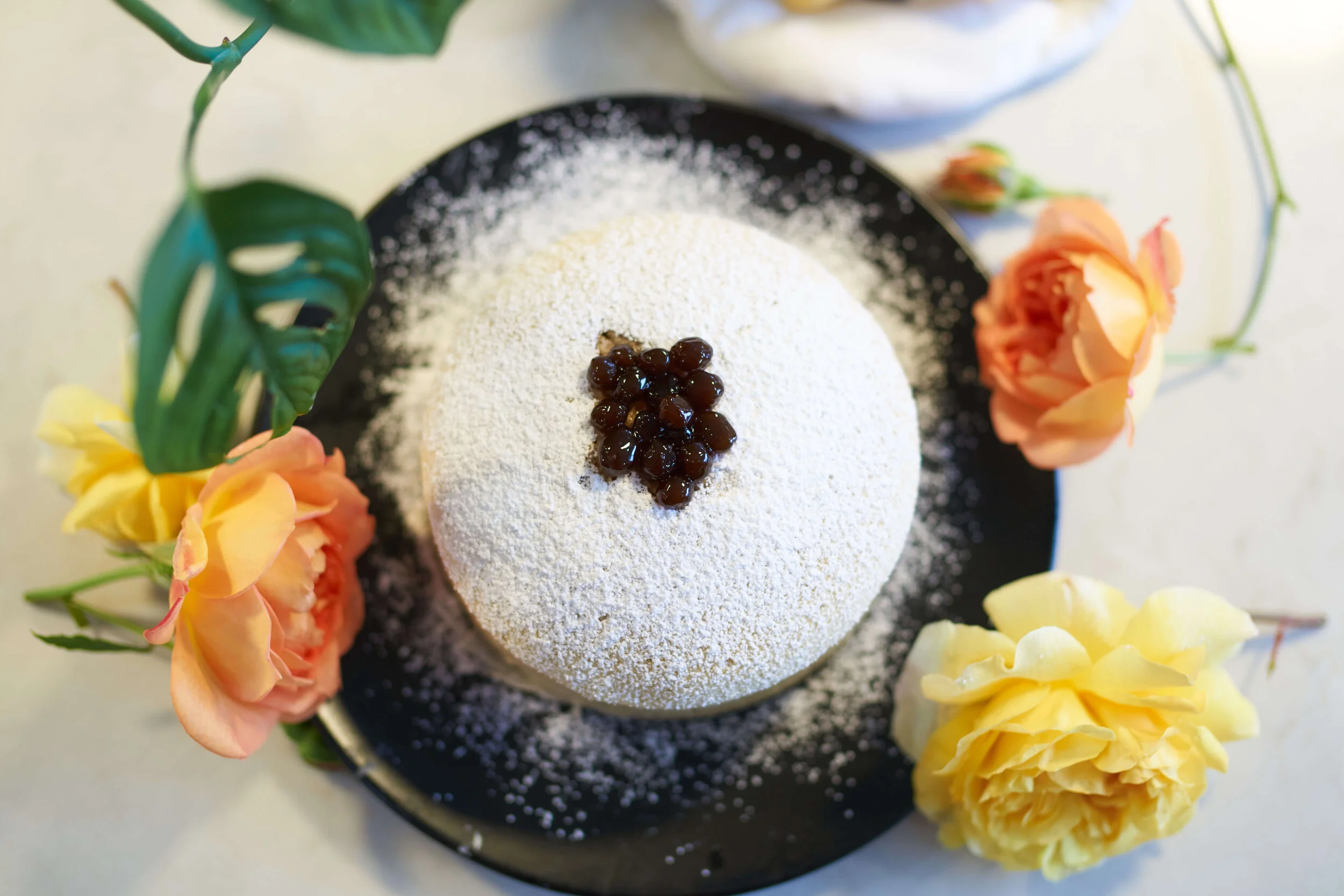
Hi friends, want to make a spicy chocolate brown butter mochi? Do you drool at the thought of chewy chocolate marshmallows? Here’s a wonderful gluten-free recipe for you!